Do you know what this term means? “Invisible Poverty” is something that seems to slip through the cracks in American society – many people don’t even know it exists.
It’s not only an unknown phenomenon to many Americans, but it’s also not easy to explain to people who haven’t experienced it firsthand.
A Tumblr user wrote an important post about their conversation with a wealthy friend concerning how hard it is to escape poverty and why it goes so unnoticed by so many.
The post is lengthy, but read the whole thing and pay attention, because the words are powerful.
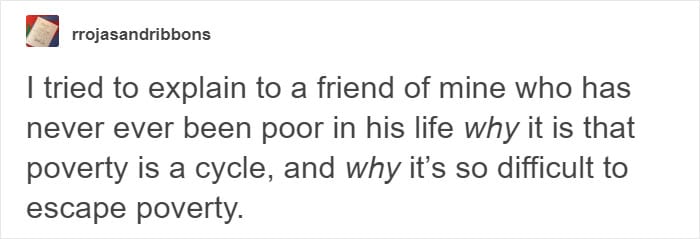




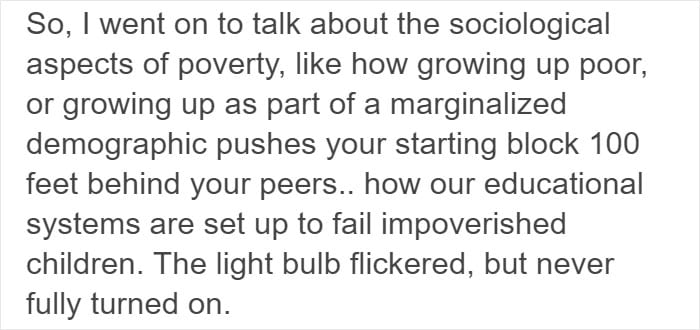

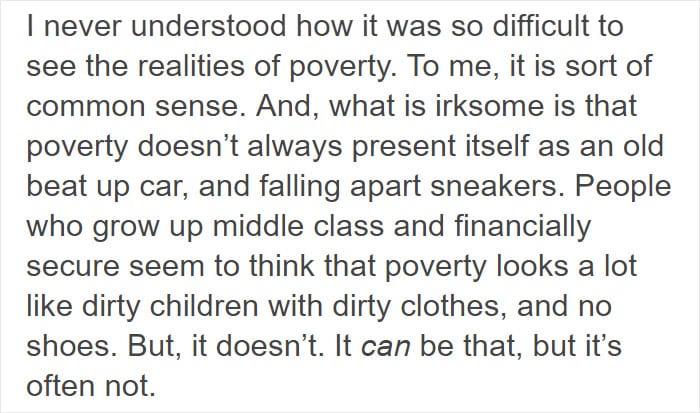
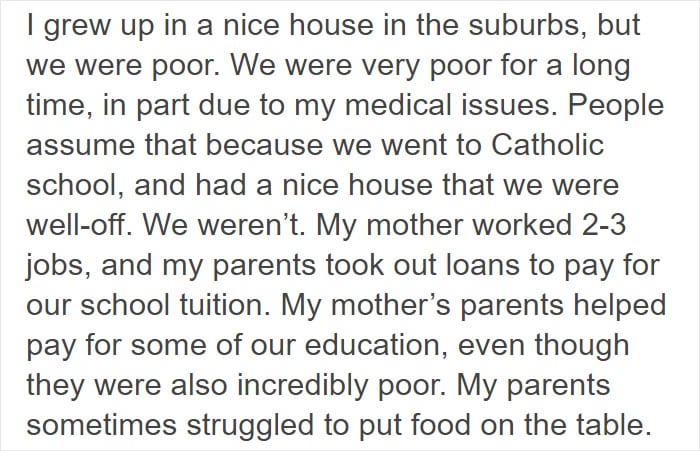

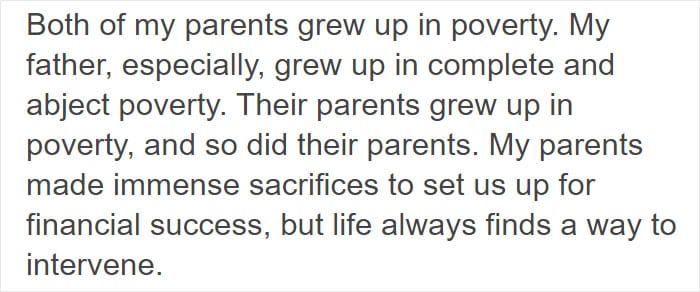
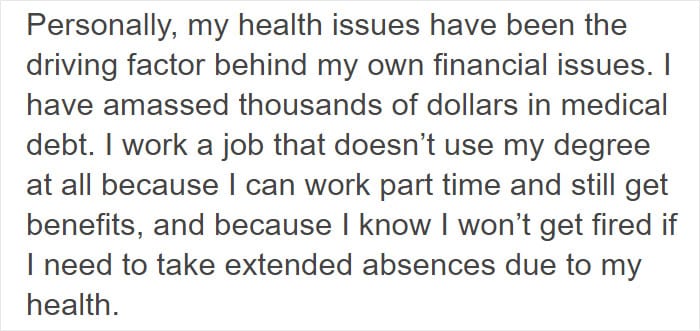

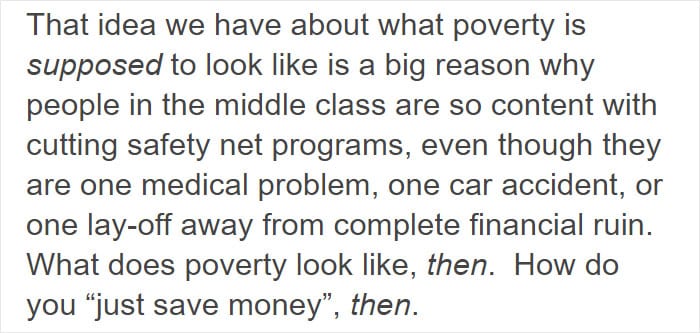
Photo Credit: Tumblr
People were moved by the Tumblr post and weighed in with their own thoughts on the subject.
Being poor now just leads to being more poor later. Can't pay to clean your teeth? Next year, pay for a root canal. Can't pay for a new mattress? Next year, pay for back surgery. Can't pay to get that lump checked out? Next year, pay for stage 3 cancer. Poverty charges interest.
— Tay Zonday (@TayZonday) July 19, 2018

Photo Credit: Reddit

Photo Credit: Reddit
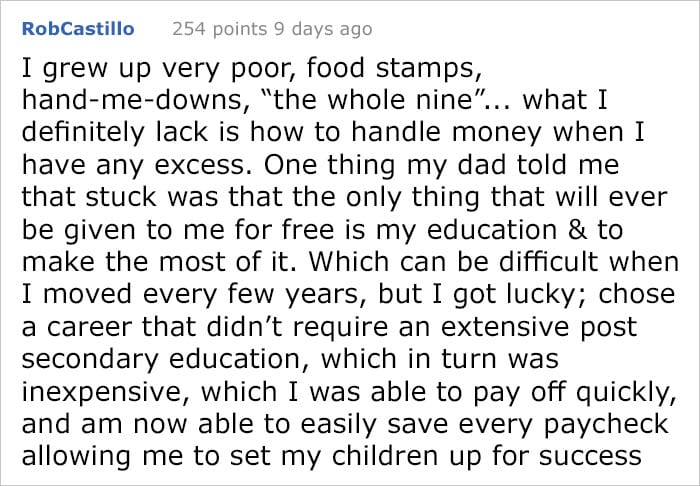
Photo Credit: Reddit

Photo Credit: Reddit

Photo Credit: Reddit
However “Invisible Poverty” is defined, there’s no doubt that many, many Americans have struggled and continue to struggle with it day in and day out.
Share your own experiences in the comments below.
The post A Poor Person Explained What Invisible Poverty Looks like to His Wealthy Friend appeared first on UberFacts.



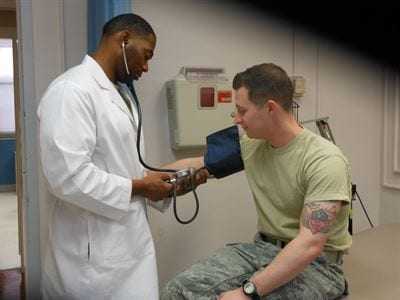
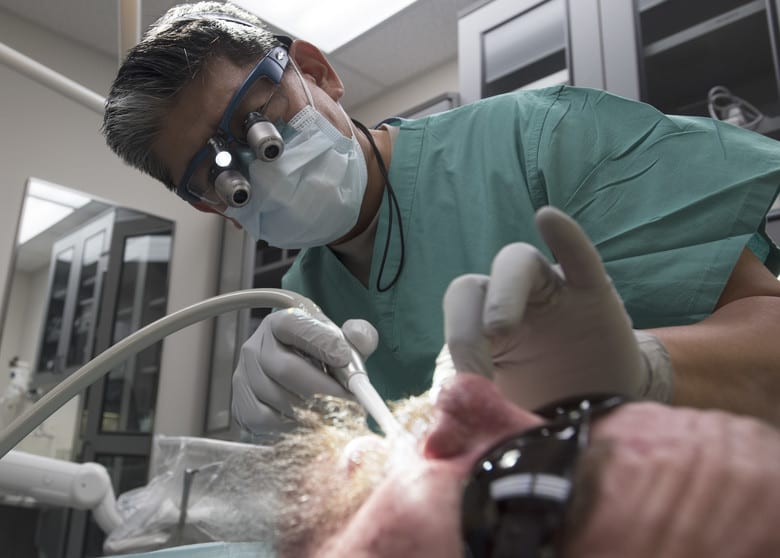






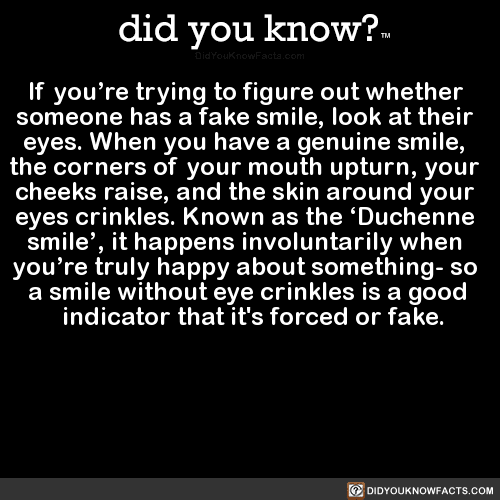






 day.
day.  #ItHappened
#ItHappened






 @fawnvu
@fawnvu #tallinjapan #traditionalarchitecture
#tallinjapan #traditionalarchitecture
 #tall #tallgirl #tallinjapan #tallgirlinjapan #awkwardlean #tallgirlproblem #blond #traditionalclothes #funny #relatable #laugh #funnypicture #longlegs #日本 #日本語 #背が高い #kimono 着物 #tsuruga #つるが #高い #写真 #モデル #model
#tall #tallgirl #tallinjapan #tallgirlinjapan #awkwardlean #tallgirlproblem #blond #traditionalclothes #funny #relatable #laugh #funnypicture #longlegs #日本 #日本語 #背が高い #kimono 着物 #tsuruga #つるが #高い #写真 #モデル #model




 TODAY is the LAST DAY
TODAY is the LAST DAY The first message about the accident at the Chernobyl nuclear power plant appeared in the Soviet media on April 27, 36 hours after the disaster. ⠀
The first message about the accident at the Chernobyl nuclear power plant appeared in the Soviet media on April 27, 36 hours after the disaster. ⠀  CHERNOBYL INSIDER
CHERNOBYL INSIDER Such spectacular views can be seen on our tours. ⠀
Such spectacular views can be seen on our tours. ⠀  . . . . . #chernobyl #visitkyiv #ukraine #travelinspiration #pripyat #solotravellers #wanderrach #easterneurope #travelgirls #travellergram
. . . . . #chernobyl #visitkyiv #ukraine #travelinspiration #pripyat #solotravellers #wanderrach #easterneurope #travelgirls #travellergram